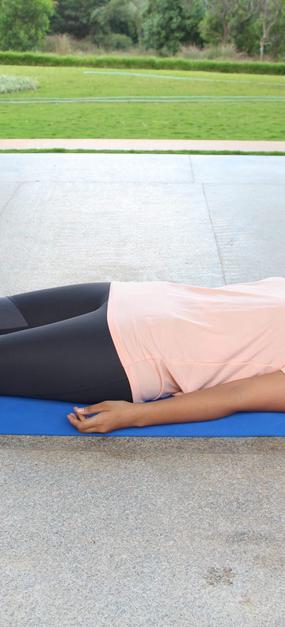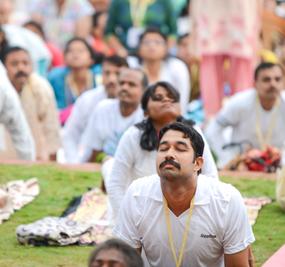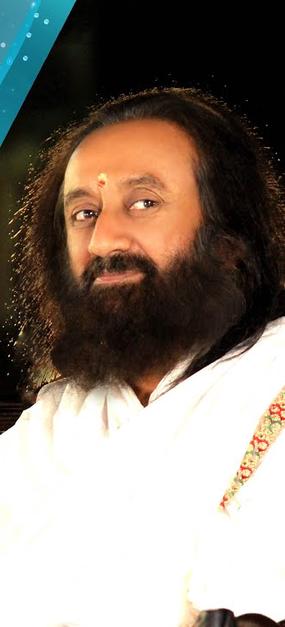What is Vertigo?
Vertigo is a type of symptom of dizziness characterized by a sensation of spinning and mis-balance due to a disturbance in the sense of balance and equilibrium in the brain. It affects the inner ear, the area that monitors the directions of motion, arising from calcium or fluid build-up or even a virus. However, it has been proven that certain yoga postures improve balance and stimulate the nervous system, thus removing vertigo from the system definitively.
Causes and Symptoms
Vertigo or dizziness primarily occurs when the inner ear fails to receive enough blood flow. Viruses, such as those causing the common “cold” or “flu,” can attack the inner ear and its nerve connections to the brain, which can result in severe vertigo as well. Any harm or damage to the skull may cause devastating vertigo with nausea and hearing loss. Certain foods or airborne particles (such as dust, molds, pollens, danders, etc.) to which one is allergic too can also trigger the symptom.
Diseases of the nerves such as multiple sclerosis, syphilis, tumours, etc. can also affect balance.
Why are yoga postures beneficial for vertigo treatment
Postures are chosen which activate the nervous system and the balance centers in the inner ear, as well as building focus and concentration. They also have a direct effect on the sympathetic nervous system and help to improve the blood circulation to the head and other parts of the body. A healthy, pure blood flow to brain cells is the essence of the process in curing vertigo. Yoga asanas which stimulates the nervous system and purifies the blood that goes to the brain are optimal as therapy.
The yoga exercises which are specially beneficial for vertigo patients:
Postures are chosen which activate the nervous system and the balance centres in the inner ear, as well as building focus and concentration. These simple exercises to overcome vertigo also have a direct effect on the sympathetic nervous system and help to improve the blood circulation to the head and other parts of the body.
- Shanmukhi Mudra
- Nadi Shodhan Pranayama
- Salamba Sirsasana
- Halasana
- Paschimottanasana
- Shavasana
1. Shanmukhi Mudra

This practice calms the brain and the nervous system and can be helpful in prevention and reduction of anxiety, irritation or anger. It relaxes and rejuvenates the eyes and the facial nerves and tissues.
Click here to know more about Shanmukhi Mudra.
2. Nadi Shodhan Pranayama
Benefits of Nadi Shodhan Pranayama
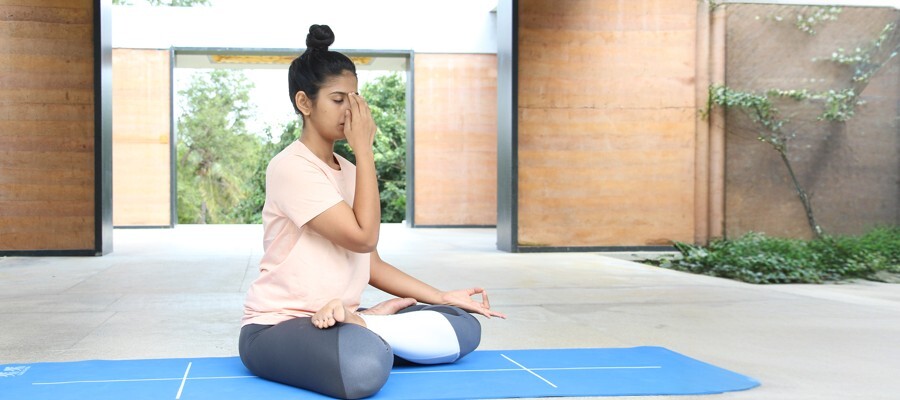
This process purifies the blood and respiratory system. The deeper breathing enriches the blood with oxygen and strengthens the respiratory system and balances the nervous system.
3. Salamba Sirsasana
Due to its reverse pull effect of gravity on the organs, this exercise helps in overcoming problems of the liver, kidneys, stomach, intestines, and reproductive organs. Apart from curing vertigo, when practised for some time, it also stimulates the pituitary and pineal glands, which aid in growth and the production of sex hormones.
4. Halasana
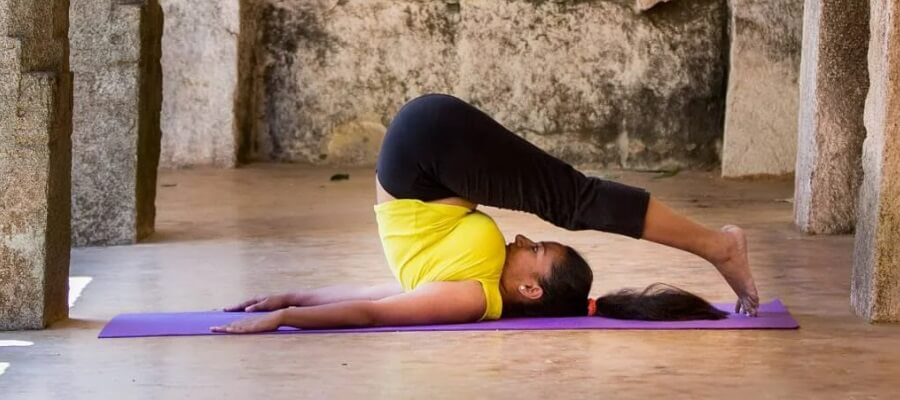
Halasana is a yoga pose which strengthens and opens up the neck, shoulders, abs and back muscles. It calms the nervous system, reduces stress and stimulates the thyroid gland. It also helps women during menopause. Learn how to do Halasana.
5. Paschimottanasana
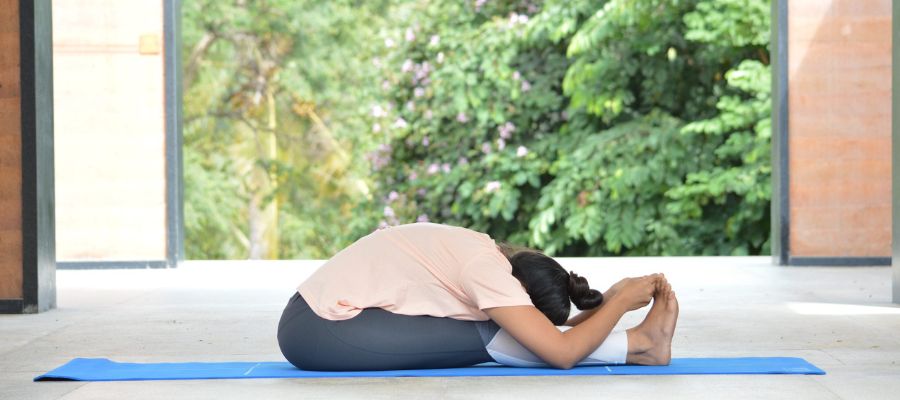
This yoga asana acts as a stress reliever and removes anxiety, anger, and irritability. It balances the menstrual cycles and is highly recommended for women, especially after delivery.
know about what is Paschimottanasana.
6. Shavasana

Benefits of Shavasana :
This posture brings a deep, meditative state of rest, which may help in the repair of tissues and cells, and in releasing stress. It also helps in reducing blood pressure, anxiety, and insomnia.
Poses to Avoid
In general, vertigo sufferers are cautioned against sudden forward bends. Downward facing poses should also be avoided. Further, vertigo sufferers should practice yoga slowly to avoid any dizziness.
Finally, it must be said that a healthy, pure blood flow to brain cells is the essence of the process in curing vertigo. Exercise which stimulates the nervous system and purifies the blood which goes to the brain are optimum as therapy.



